How to Easily Calculate Vannamei Shrimp Size
Knowing how to calculate vannamei shrimp size accurately can provide many benefits for farmers. This includes feed planning, determining selling prices at harvest, and assessing whether shrimp cultivation is being done correctly.
For those who are not familiar with vannamei shrimp size, here is a summary for you.
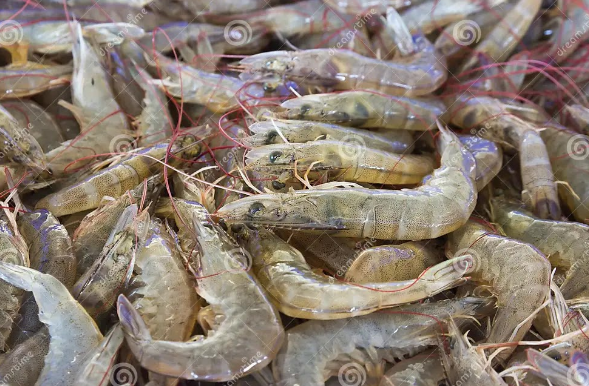
What is Vannamei Shrimp Size?
Size in shrimp cultivation is one of the indicators of successful farming. By knowing the size of the shrimp, you can determine the profit you will get in one cycle because size also determines the selling price to suppliers.
Vannamei shrimp size is a measurement system based on the number of shrimp per kilogram. The smaller the size number, the heavier and larger the shrimp produced. For example, a size 20 shrimp means there are 20 shrimp per kilogram.
Usually, during cultivation, shrimp with a size of 100 already have a market value, so partial harvesting is done. Subsequently, farmers can harvest when the shrimp reach size 90, size 50, and so on.
How to Calculate Vannamei Shrimp Size?
Calculating vannamei shrimp size is not difficult to understand. Usually, shrimp size is measured periodically during cultivation at certain post-larval stages and at harvest. Both are done using sampling methods.
After aking several shrimp for sampling using a scoop net or net, you can calculate the size using the formula:
For example, if sampling is done at post-larval stage 50 and the average body weight of shrimp obtained is 15 grams. Then, the size calculation is as follows:
Size = 1000 grams / 15 grams = 66.67
So, the calculated shrimp size is 66.67 shrimp/kg.
Tips to Achieve timal Shrimp Size
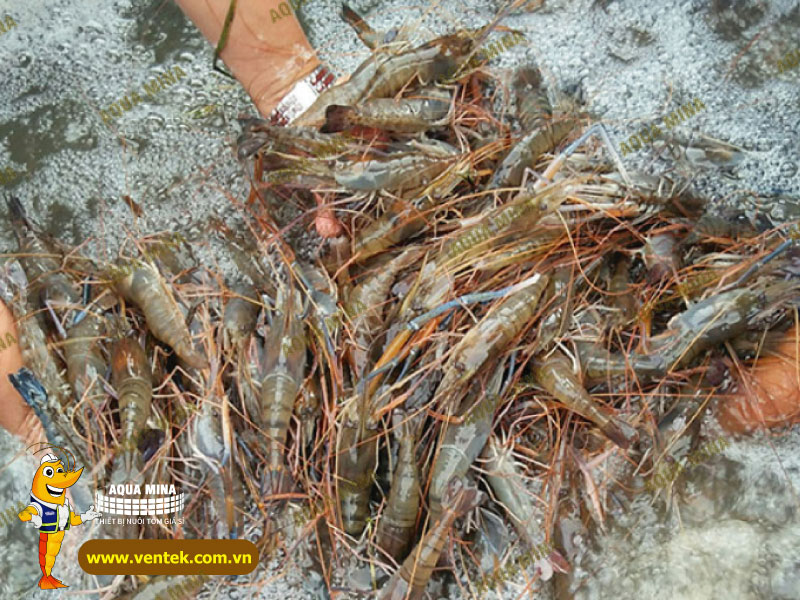
1. Ensure Water Quality Remains Optimal
The first tip to achieve optimal shrimp size is to ensure that all water quality parameters are always within the optimal range. Poor water quality can hinder shrimp growth. Moreover, sudden changes in water quality can stress the shrimp.
2. Choose High-Quality Post-Larvae
In essence, selecting high-quality post-larvae is the key to successful vannamei shrimp farming, including achieving optimal shrimp size. Incorrect selection and uncertified post-larvae can result in slow growth or increased susceptibility to diseases, making it difficult to achieve optimal size.
Furthermore, improper post-larvae stocking can lead to suboptimal shrimp growth. For example, excessive exposure to direct sunlight, stocking post-larvae without prior acclimatization, neglecting water quality, and overstocking.
3. Implement Best Operational Management
Implementing good operational management of shrimp ponds can also be a factor in achieving optimal shrimp size or not. Operational management includes feed management, water quality management, and daily shrimp maintenance.
4. Ensure Shrimp Nutrition is Met
When conducting intensive to super-intensive vannamei shrimp farming, providing feed and other supporting nutrition is crucial for optimal shrimp growth. Make sure to provide feed suitable for shrimp age, both in terms of nutrient composition and quantity.
5. Conduct Regular Sampling
To monitor the growth of your shrimp size and determine whether your shrimp are growing optimally, you need to conduct regular sampling. This sampling is very useful for checking the overall condition of your shrimp, including their health.
Cre: DELOS AQUA
Ngày đăng : 29/06/2024
2423 View
Other Articles
Portuguese food group acquires 18% stake in cod farming company Norcod
Indonesia implements radioactive-free shrimp certification for exports to the United States
India is world’s second-largest shrimp producer. That is now under threat
Ca Mau’s shrimp industry moves towards “green” growth
Floods devastate aquaculture, processing operations in Vietnam
Ecuador Leads Global Shrimp Exports, Surpassing USD 7 Billion in 2025
India's marine product exports rise 16% as new markets offset US dip
Skretting presents the first shrimp feed with insect meal in Vietnam
Sharing: EU increases shrimp imports in the first 9 months of the year
Gideon De Oro opens high tech Cebu shrimp plant, to revive exports
White-leg shrimp facing WSSV: When density and environment fluctuate together








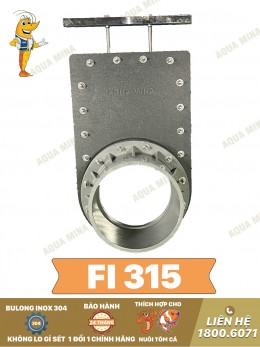
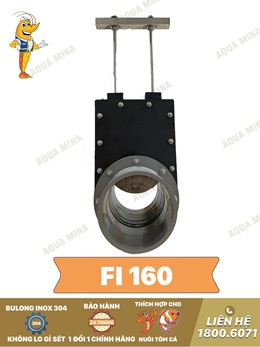
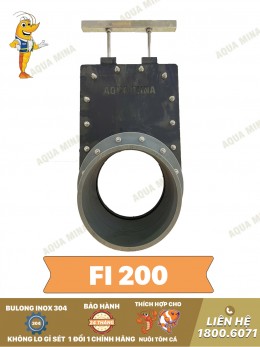
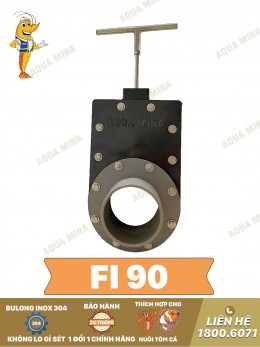
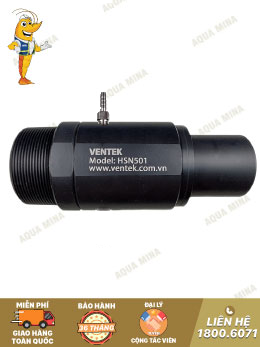
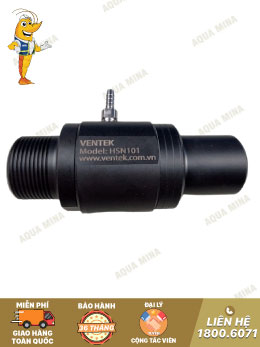

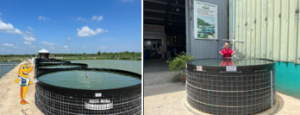
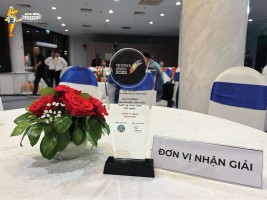
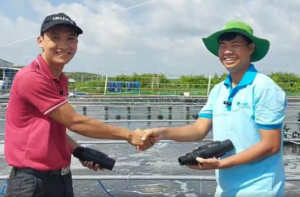
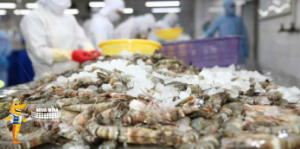
.jpg)